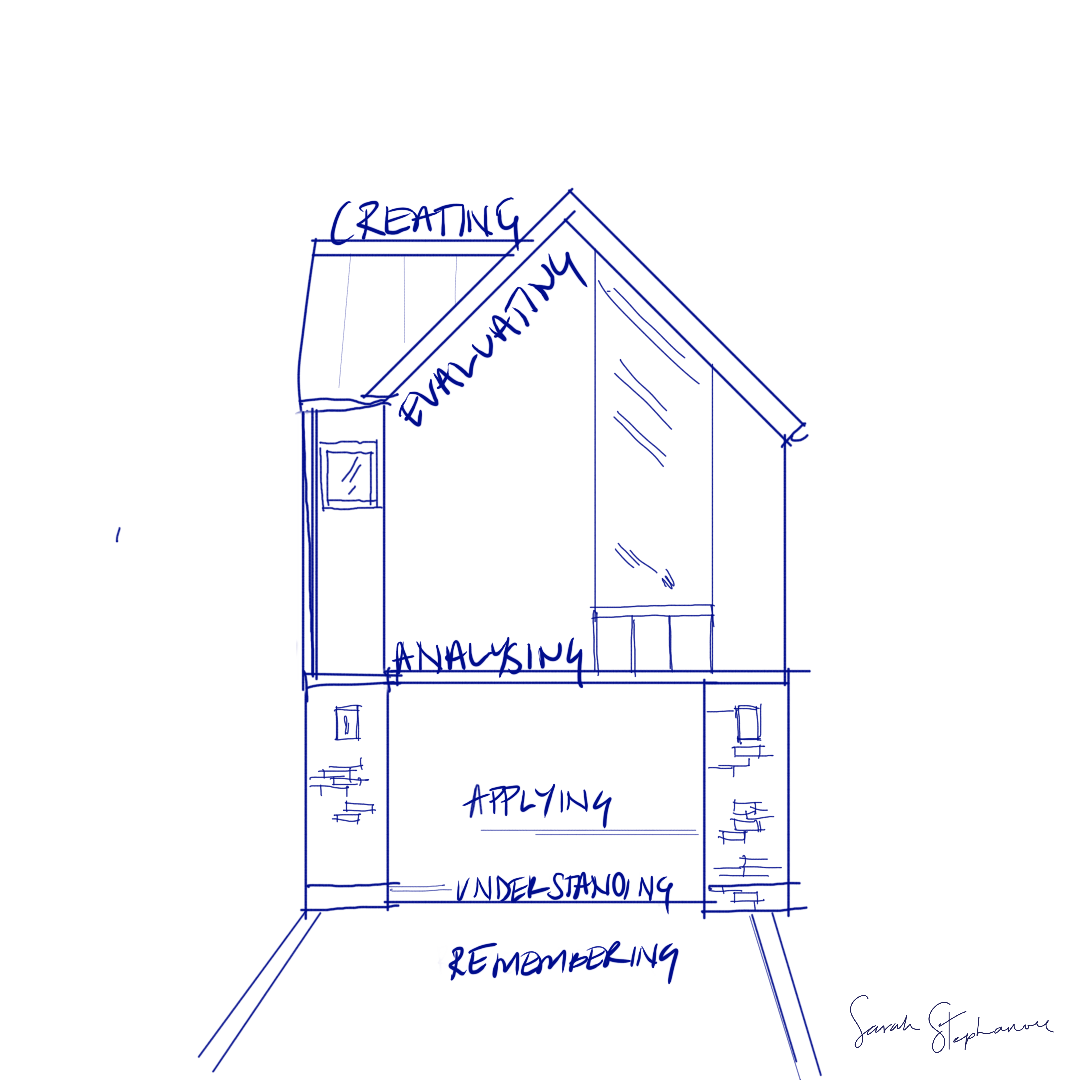3 | Designing My Future
Exploration of Professional Identity as an Emerging Architect and academic
Subject Learning Outcome: Define, analyse and interpret how one’s emerging professional identity aligns with and reflects particular skills, knowledge, and dispositions, and how these align with broader educational discourses and debates.
Working as a learning facilitator has helped me grow immensely as a professional, every day I am learning something new. Having to solidify my knowledge and clearly communicate this has further engrained my own understanding of creative thinking and the technical knowledge I teach. As an architect, they say that I will hit my peak in my 50’s, it's an industry of continued learning. Whilst I work as an academic, I also see myself as a perpetual student.
The Graduate Certificate of Teaching and Learning has prompted me to critically reflect on my values, core beliefs and professional identity. Here’s a little snip from my discussion board post:
Q: What are your core beliefs about teaching and learning?
A: My core values are centered around a love of learning and that educational exchange goes both ways; I learn just as much from my students as they do from me. I value kindness and empathy, one of my schoolteachers used to say “you can catch more flies with honey, than vinegar”, though I recognise there are limits to this approach. Although I don’t have any education in psychology, I loved reading Kim Scott's ‘Radical Candor’ and notice parallels between teaching and learning to be a leader—it delineates a balance between caring personally and challenging directly. I understand having “compassionate candor” (Kim Scott, 2019) is essential to providing constructive feedback to students and peers through the learning process.
To what extent have you been successful in achieving the subject learning outcomes?
Learning about professional identity has been a positive opportunity for me to reflect on experiences that have helped shape the facilitator I am now. I have been able to start ‘connecting the dots’ - “You can't connect the dots looking forward; you can only connect them looking backwards. So you have to trust that the dots will somehow connect in your future.” (Jobs, 2008) My experience as a hospitality worker, teaching snowboarding and skiing across the globe, my professional experience across Australia has shaped the way that I approach teaching today.
Jobs, S. (2008, May 8) Steve Jobs' 2005 Stanford Commencement Address [Video]. YouTube https://www.youtube.com/watch?v=UF8uR6Z6KLc
McNulty, Nial (2021, Jun 16) An introduction to Bloom's Taxonomy in under 5 minutes! [Video]. YouTube https://www.youtube.com/watch?v=FiVk6YmkIOA&t=4s
Momen, A., Ebrahimi, M., & Hassan, A. M. (2022, September). Importance and Implications of Theory of Bloom's Taxonomy in Different Fields of Education. In International conference on emerging technologies and intelligent systems (pp. 515-525)
Scott, K. (2017). Radical candor: be a kick-ass boss without losing your humanity. First edition. New York, St. Martin's Press.

